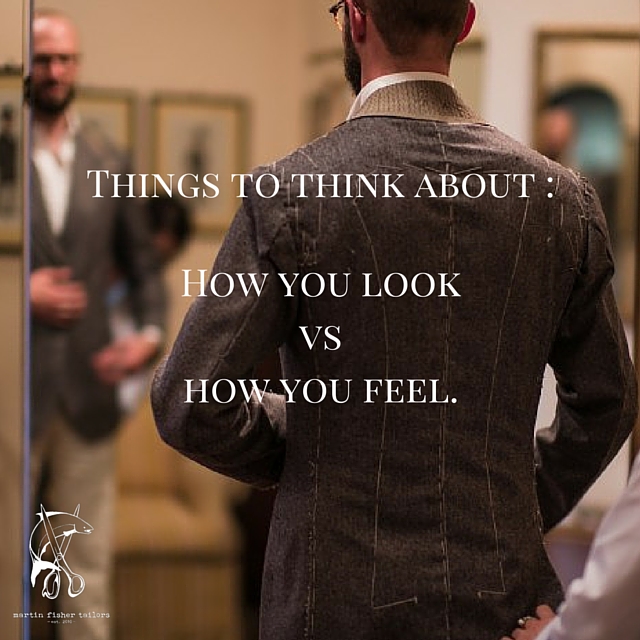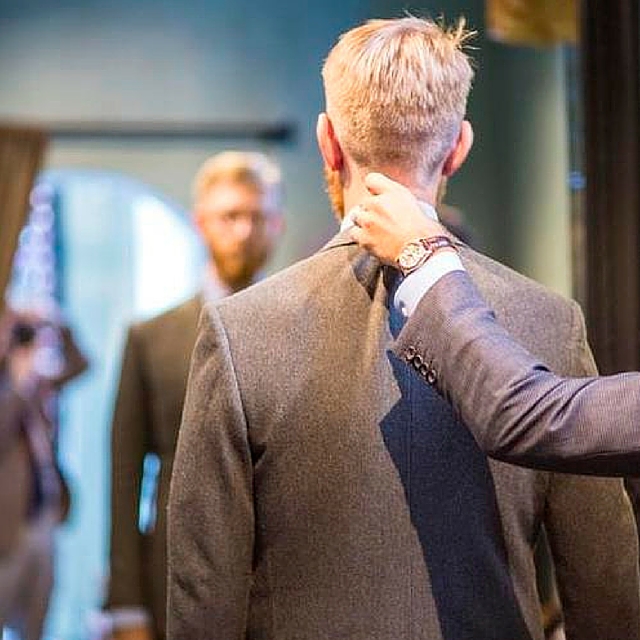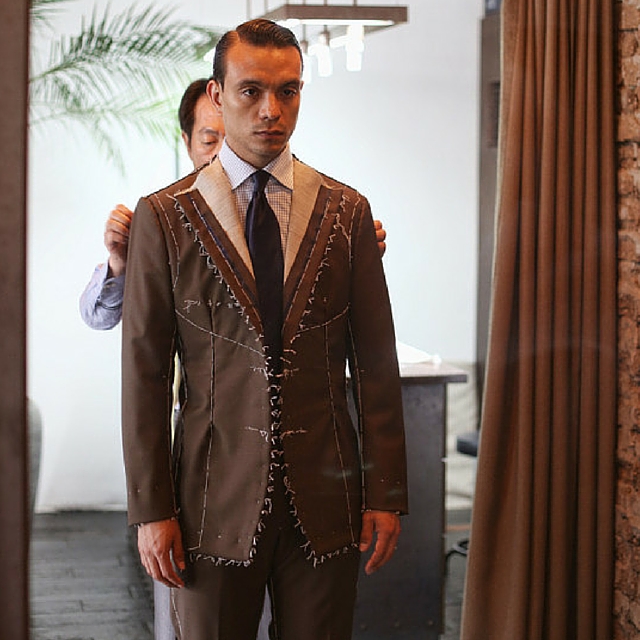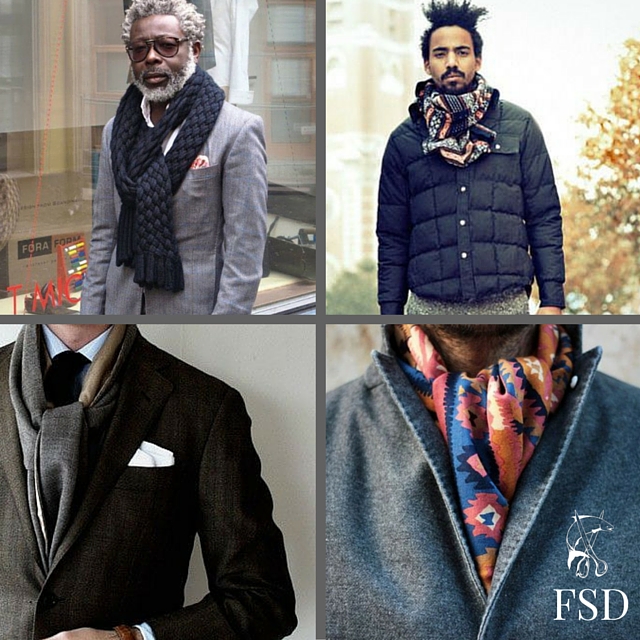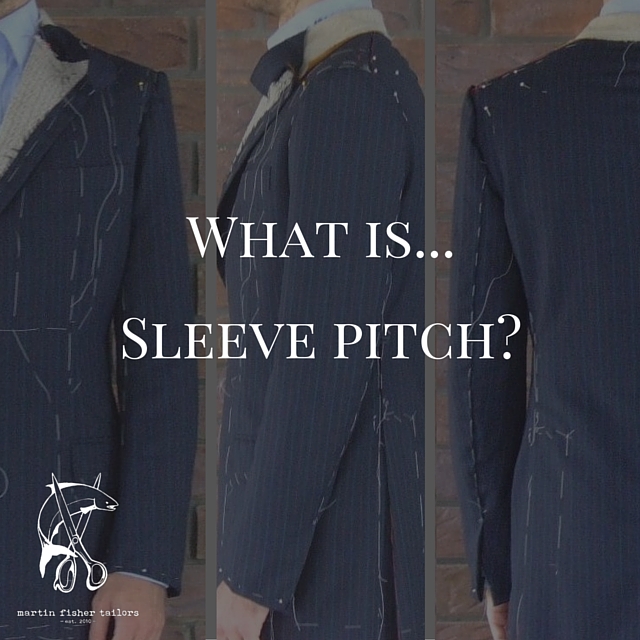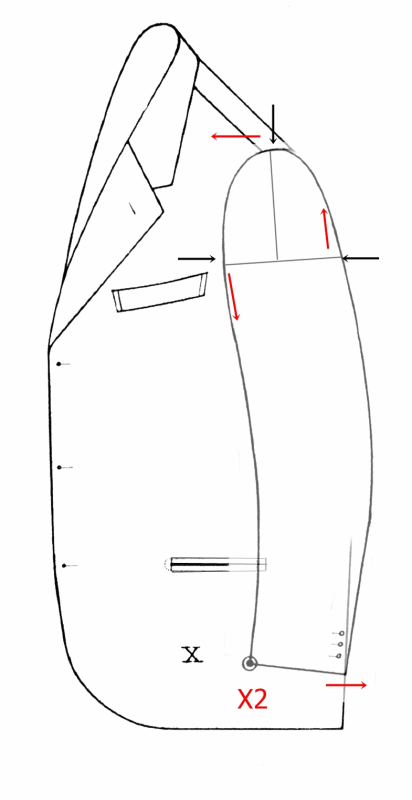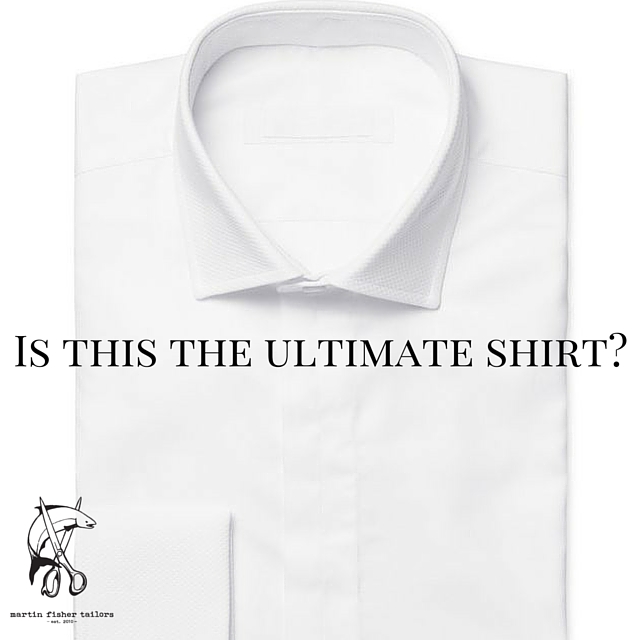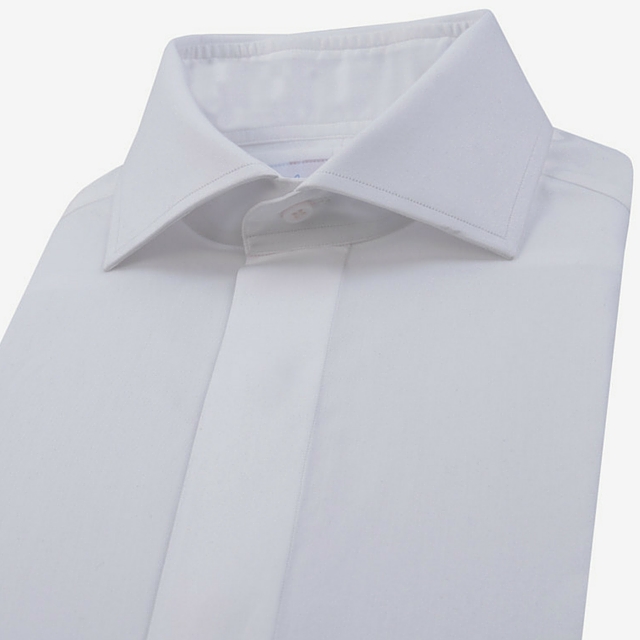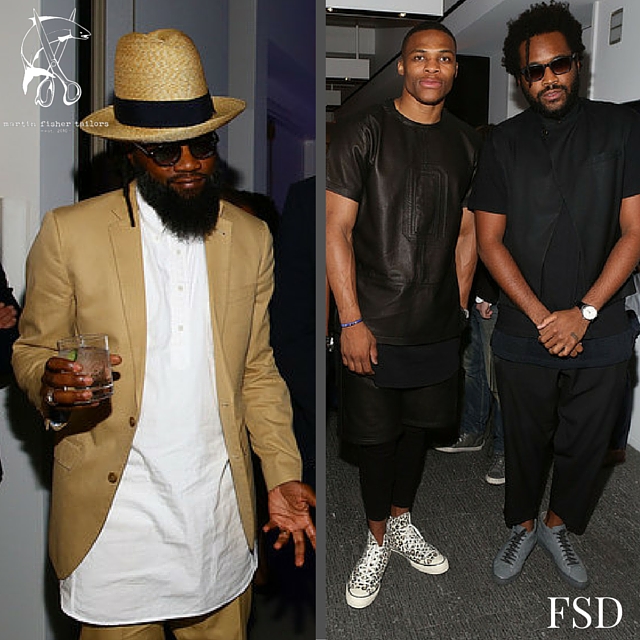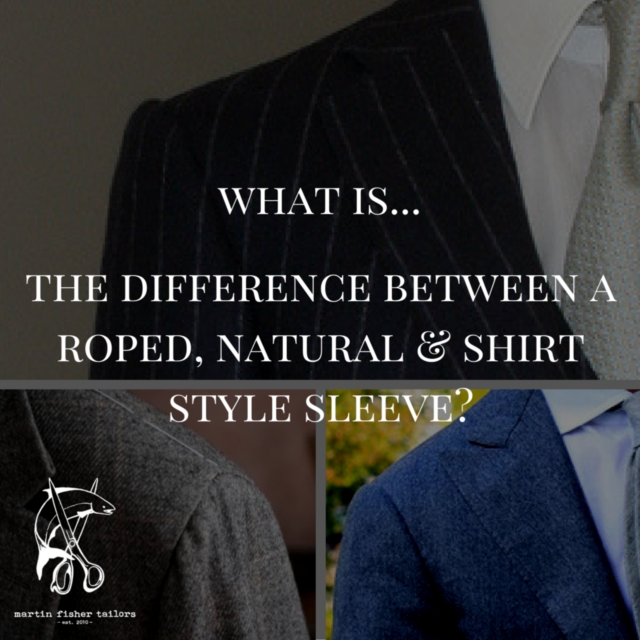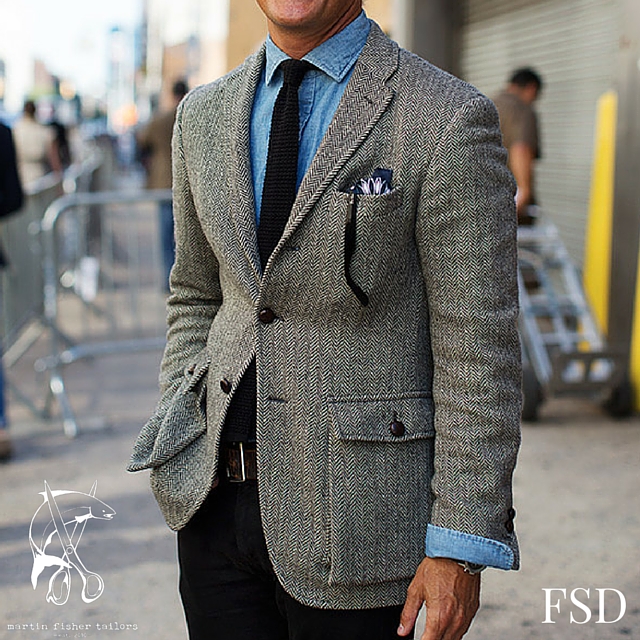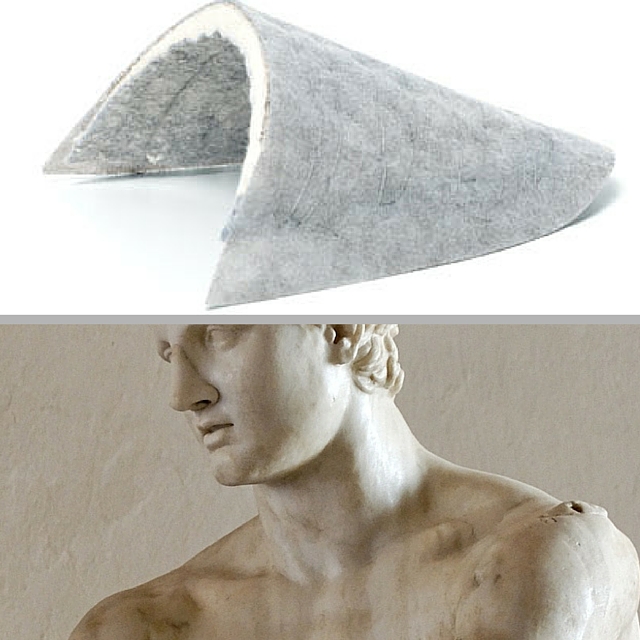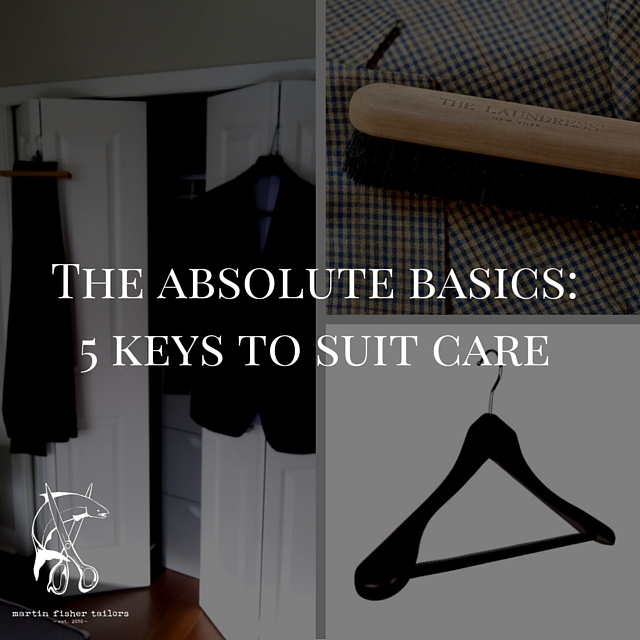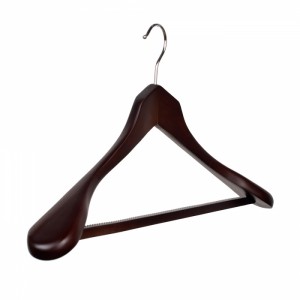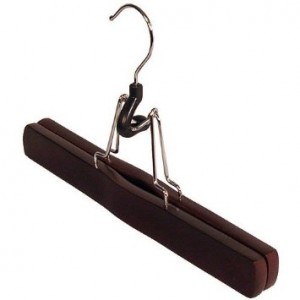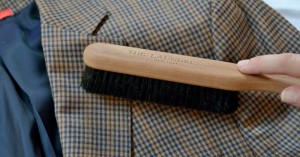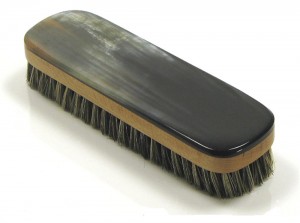Welcome to the inaugural entry of the “Things To Think About” section. The idea behind this section is simple; to get you thinking about how certain aspects of tailoring and clothing in general apply specifically to you. It’s by understanding the subtle nuances of your clothing that you will get the most out of the relationship with your tailor as well allow you to make better decisions when buying ready-to-wear clothing and accessories on your own.
Things To Think About – how you look vs how you feel
I’m starting with what I feel is arguably the most important concept in clothing. The concept itself is quite simple; how you look in something and how you feel in something are two completely different things. The goal – whether it’s me working with a client or you building your own wardrobe – is to align these two elements as much as possible; something which is frankly far easier said than done.
What is the difference between how you look and how you feel?
How you look; this is simply what you see when you look in the mirror. You might like what you see, be on the fence about it or not like it at all.
How you feel; this is what is left when you take the mirror away. When you’re standing and you look down at your outfit how does it make you feel; you might like it, be on the fence about it or not like it at all.
A key to this conversation – in this context I’m talking about the psychological “feeling” that the clothing is giving the wearer as opposed to the way a garment physically fits and feels in terms of comfort. The physical element obviously plays a role in this but for the sake of this discussion we’ll only address the visual and psychological aspects of the equation. I’ll address how the physical relates back in the next post.
An Example.
I’ll use myself for this one. A few months back I found a pant sample in storage that was from 8 years ago; it was in perfect condition though it needed to be slimmed down to become more contemporary in its fit. I took the opportunity to experiment and slimmed the leg a bit more aggressively than usual – half an inch trimmer in the thigh and knee measurements and a quarter inch less at the bottom. Nothing too drastic but my thinking was enough to visually create a slimmer silhouette.
The Result
It worked beautifully – when I look at myself in the mirror I see a silhouette that is just hint cleaner than usual and it looks absolutely fantastic. One would think I hit a home-run but when I look down at myself or when I’m out wearing them I can’t help but “feel” they are too trim and proportionally out of balance with my body. And to clarify they are not physically too trim (re. tight) as I move freely and comfortably. I’ve tried to wear them consistently in the hopes that I’ll just get used to this new silhouette – hasn’t worked. I’ve paired them with different shoe styles (thinner, chunkier, dress shoe, dress boot, loafers, trainers) to find the right balance – hasn’t worked. I’ve played with their length thinking the amount break would change the feel – nope. The bottom line is that regardless of how good they look to me in the mirror or how many compliments I receive – they simply don’t feel right. And with that they sit unused in the closet and will remain there until I decide to loosen them ever so slightly.
The Take Away.
Aligning how things look and how thing feel is critical; getting it perfect every time might be asking too much but we’ve got to get pretty darn close as much as possible. And that is why I’m asking you to think about this stuff – you can’t be passive in this process and hope that alignment naturally occurs.
It is for this reason that as a tailor I go through the initial stages of the fitting process without saying anything to the client; I simply analyze the fit, style and how the garment interacts with the body and take notes independently. Once I complete this process I then ask the client “What do you think?” – notice that I don’t ask “How does that look?” or “How does that feel?” as I want to see which way they go on their own. More often than not clients return the question by simply saying “What do you think?” – throwing out the old joke “you’re the expert after all!” That might be the case but it’s irrelevant what I think in that moment; aligning the look and feel can only come from one person and that is why you cannot be passive when it comes to your clothes.
Once I get a sense of how the client is feeling we can then start to makes some decisions together – do we sacrifice a touch of “feeling” for some “look?” Do we do the opposite? Perhaps the client want to go trimmer with the knowledge that we can always “loosen things up down the road if things don’t feel right.” At the end of the day that is one of the reasons why tailoring is so addictive – the ability to make changes is built into the clothes themselves. This allows for a journey to occur whereby we get clearer with each commission and an individuals sense of style and alignment is truly found.
Let me know what you think about this new section – as always I value your input and would love to hear any suggestions you have about what topics need to be tackled. Better yet book a free appointment and we can banter in person and see if we might be a good fit to work together.
Take care – Michael
info@martinfishertailors.com

